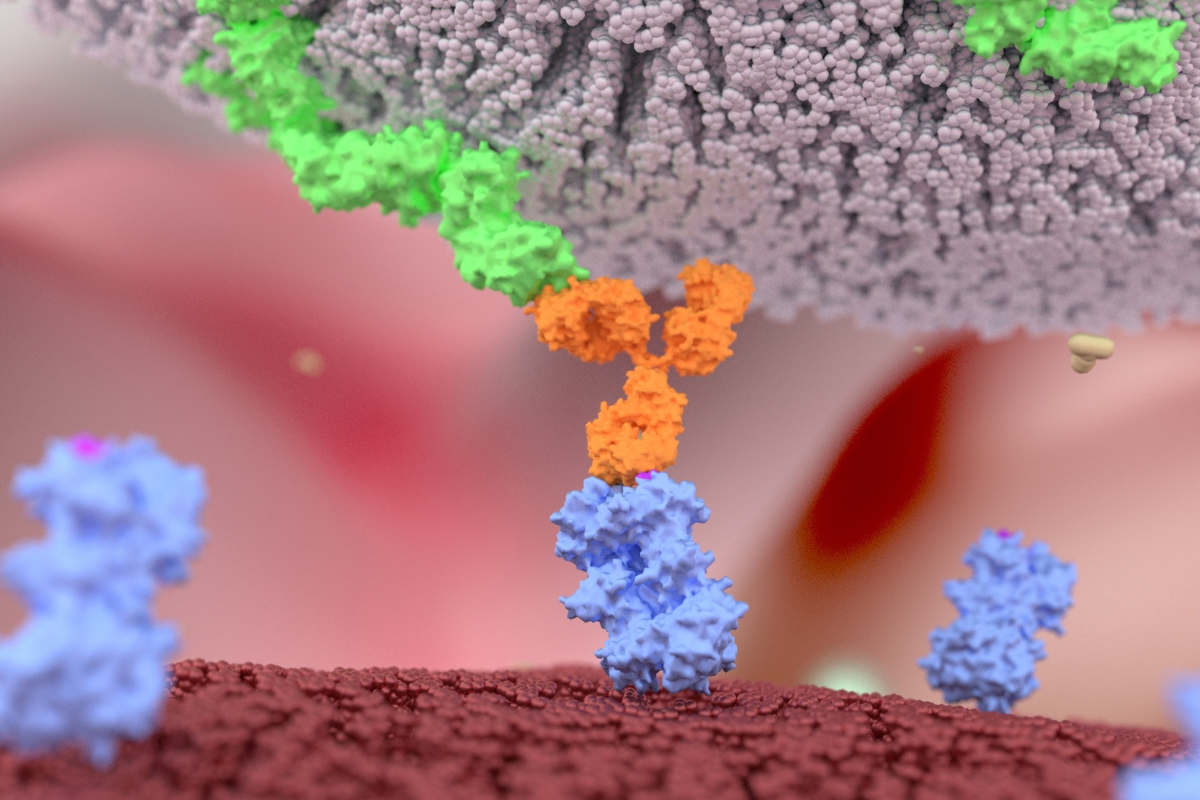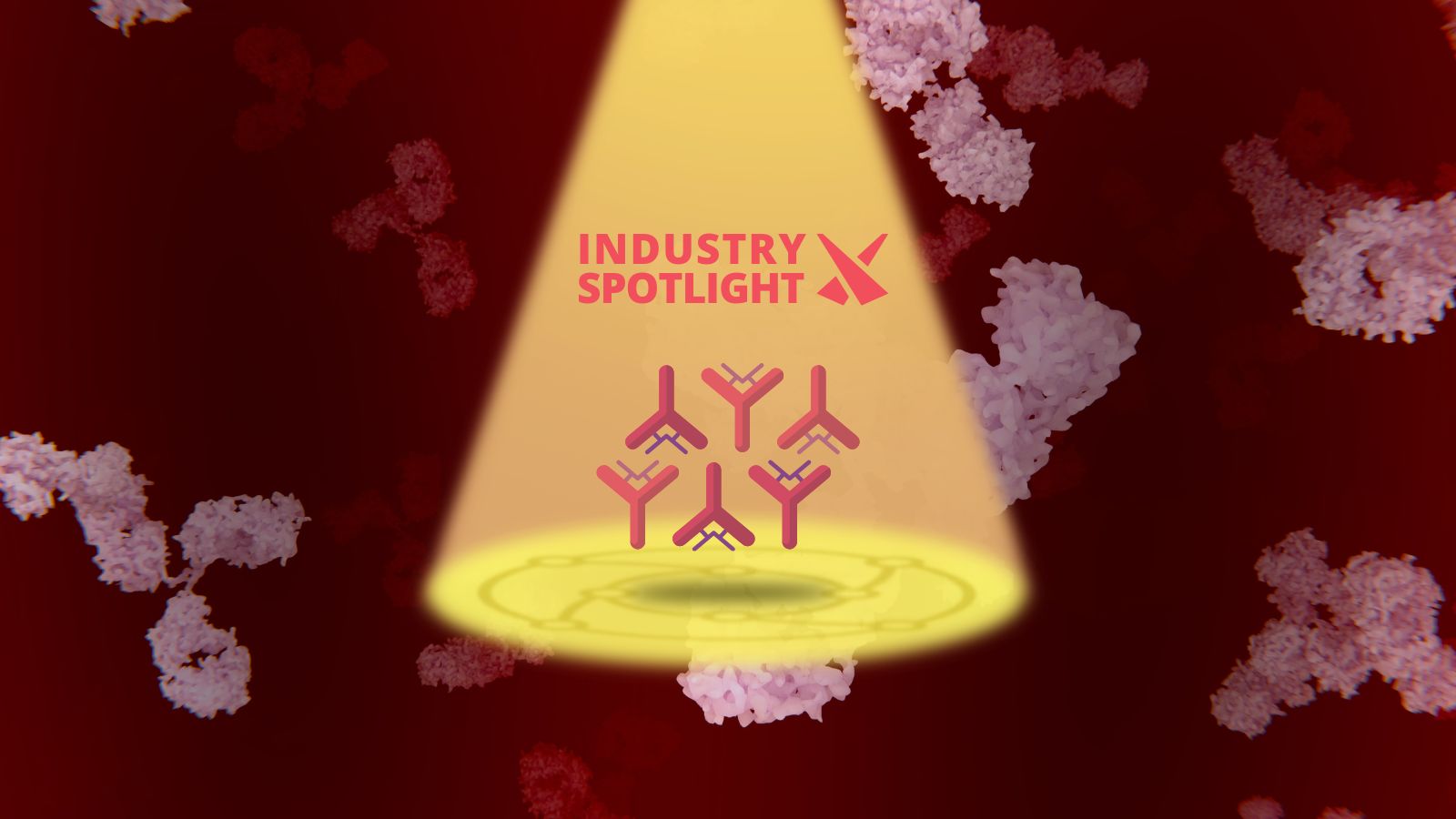Bispecific and Multi-Specific Antibodies - Formats, Applications, and Paths to the Clinic

Our November group came together for an hour of specialist discussion about the current state and future directions of bispecific antibodies, and next-generation constructs for biologic therapeutics. This discussion group was a select group of approximately 15-20 key industry leaders from various pharmaceutical and biotech companies, as well as renowned academic institutions. William Olson, Senior Vice President at Regeneron, moderated the discussion, and panellist Jonathan Davis, Vice President of Innovation and Strategy at Invenra, was there to support. Notable attendees included senior representatives from Janssen, Novo Nordisk, Aptevo Therapeutics, Merus, Sanofi, the University of Innsbruck, and many more.
William Olson kicked off the discussion with a brief overview of the bi-and multi-specific landscape. During this, Olson alluded to current market demands for bispecific antibodies that can largely be attributed to the application of existing commercially available products to other multiple indications. Currently, there are 2 bispecific antibodies commercially available on the oncology market and over 200 in clinical trials. The future for the research and development of bispecific and multi-specific antibodies appears highly progressive and profitable, driven by the fact that an increasing number of big and small pharmaceutical companies are allocating their resources and collaborating with other industry stakeholders.
In particular, Olson explained how although there is a limited number of bispecifics approved today, we are at a real inflection point in the industry. He continued by claiming that the field has grown so vast, so fast, and expects to see those bispecifics in registrational trials for hematologic malignancies to receive full approval within the next couple of years. Olson also spoke of the development of bispecifics outside of oncology and highlighted the key technology platforms and approaches available.
Olson explained how although there is a limited number of bispecifics approved today, we are at a real inflection point in the industry
After Olson’s introduction concluded, the debate began. Jonathan Davis opened the floor to discuss the most promising treatment modalities for bispecifics. The conversation then turned to the advantages and disadvantages of implementing cell engagers such as T cells, NK cells, and macrophages and the use of independent ligands. Davis also spoke on SNIPERs, which can be implemented to improve specificity for a cell. Olson responded by delving into some of Regeneron’s efforts in the area, stating that Regeneron has strongly held views and guidelines used to generate bi-specific antibodies when the bi-specific imparts new pharmacology that cannot be obtained with just a simple combination of antibodies. He explained how their current pipeline includes bi-specific antibodies that are T cell engagers targeting CD3 and co-stimulatory receptors on T cells. Regeneron has also invested in producing bi-paratopic antibodies to drive internalisation of a target while avoiding agonistic activity. This process, he claimed, previously had not been achievable with a conventional antibody. In particular, Regeneron generates combinations of antibodies where multiple specificities have proved advantageous. In particular, Olson highlighted the use of combinations of antibodies for viral targets, such as SARS-CoV-2, where it is much easier to substitute one antibody for another if the virus develops resistance to one of the antibodies.
In response to the topic of selecting the optimal format for bi-and multi-specific antibodies, one audience member raised the issue of target protuberance. According to the said party, the pharmacology success of combined antibodies depends on the target and intended use. They explained, “when you address cell to cell contact, you must always identify which formats fits your needs best with regards to the protrusions of the receptor addressed”. Davis concurred, stating that “geometry is critical” and added how flexibility in molecule format selection ensures optimal therapeutic potency. Valency was also identified as integral in determining how specific the antibody ends up being. For example, David drew attention to “Invenra’s SNIPER format, which is an IgG-like antibody with two arms that bind different targets, each with moderate affinity”. When combined, the format provides a very high affinity to cells that express both targets, which, according to Davis, “is what a good antibody should do”. Nevertheless, there remain certain side effects associated with T cell engagers, such as a dangerous potency level. To overcome this, the industry is experiencing a noticeable shift from the T cells to NK cells which thus far has produced compelling data results.
“whilst the research on the integrity of the epitope is still relatively in its infancy, there is definitely intrigue around the possibility of disconnecting the site of toxicity activity with the cytokine release”
The panel continued with discussing how to mitigate cytokine release syndrome when administering CD3 antibodies, which Olson deemed a major focus area of the market. He explained that modulating CD3 affinity and epitope is important; and whether you have an antibody that will bind to both delta epsilon and gamma epsilon, or just one or the other, this can have a significant impact on the amount of cytokines release. The audience responded by drawing attention to the recent data on the matter. In particular, one audience member highlighted how “whilst the research on the integrity of the epitope is still relatively in its infancy, there is definitely intrigue around the possibility of disconnecting the site of toxicity activity with the cytokine release”. This enables the CD3 to maintain efficacy while minimising toxicity, a characteristic Davis sees as “helping to get bispecifics into the clinic”.
The discussion group concluded with some final thoughts on the future of bispecific and multi-specific therapeutics. With ongoing research and development and numerous exciting pipelines emerging in the field, the future looks bright for the bispecific field of biologics. At Oxford Global, we couldn’t have been more pleased with the turnout for our November biologics discussion group. The conversation was engaging, the debate stimulating, and the industry insights invaluable. We will continue our discussion group series in February with a session focusing on T Cell Engagement & Redirection – Strategies, Methods & T Cell Design. Learn more about the Oxford Global discussion group series at our Biologics Portal.
Want to find out more about the latest Biologics news? Register now for our Biologics UK: In-Person event to discover the latest technologies and findings driving the biologics market.






